Organized by Aaron Chen
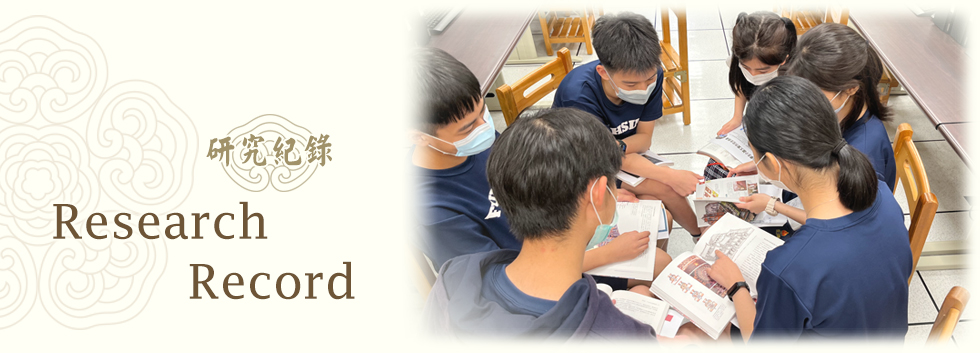
Organized by Aaron Chen
The architecture displays human life, historical culture, and artistic techniques. Each building has its own story, especially for ancient architecture. Professor Li Chien-Lang has a great passion for traditional architecture. He dedicates his life to researching and preserving historic sites and publishes more than 60 books. We select six classical books to read, including The Ultimate Guide to Historical Sites of Taiwan, Into the Heart of Craftsmanship, The Temples of the Gods, Illustrations of Ancient Architecture in Taiwan, The Kingdoms of Emperors, and The Architectural History of Taiwan. We hope to get a deeper understanding of ancient architecture and collaborate on preserving traditional buildings to achieve environmentally friendly goals.
"Historic sites are the material culture of humankind, which can contain or store history that cannot be recorded in writing. They convey the way of life, society's organization at different times, and each culture's characteristics. This book helps the reader to observe historic sites by dividing them into twenty-five categories. Then separate them into different eras and ethnic groups. Through detailed physical photographs, perspectives, and diagrams, readers can understand the structure of the monuments and the stories behind them. The book also includes 600 must-visit historic sites in Taiwan. Therefore, readers can "walk" through the history of Taiwan by visiting them.
This book makes me realize the importance of historic sites, which are not only an inheritance of human culture, but artistic value, cultural value, and the technological value represents the most precious assets of mankind. Whether the details of the carvings in the eaves and columns of temples or the functions of the various rooms in castles, they all tell the era's story. Historic sites can bring people to know more about the history of the land of Taiwan over the centuries and create a sense of intimacy with the land where they live, making people cherish it more.
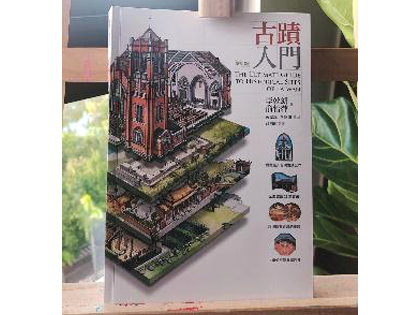
Source: Detective of Historic sites

Source: Detective of Historic sites
Attempting to understand a building is like reading a book. Whether you can get the essence of it depends on your skill. The book "Into the Heart of Craftsmanship" introduces 35 classic buildings in Taiwan, each of which has completely different characteristics. Professor Li exquisitely presented professional details of the structure by including vividly hand-drawn drawings and "deconstructed architectural section drawing methods." As a result, laymen can not only "watch the excitement" but also understand different architectural shapes and structures and taste the ingenuity and rich expressiveness of the craftsman. As a reader, I had a pleasing and refreshing experience reading this book.
After reading this book and admiring the mystery of architecture, I secretly felt remorseful. It is a pity that people often lack awareness of preserving historical sites. Take the Lin An-Tai Historical House introduced in the book as an example. Professor Li mentioned that it is precisely because the higher-level units do not intend to preserve it and have no relevant legal sources that lead to this. An ancient house full of historical value faces the tragic fate of being demolished and rebuilt later. Through this book, I learned the harmful teaching materials of the preservation of historical sites, which taught me how to cherish the priceless treasures of these cultures. They provide people with protection and contain endless wisdom and core values.
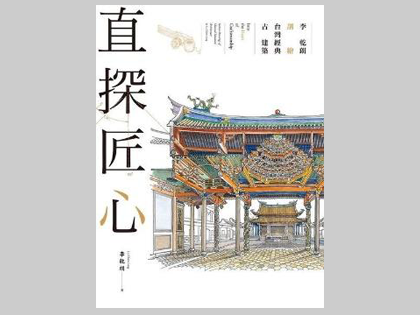
Source: Detective of Historic sites
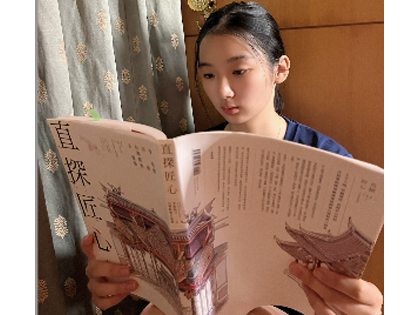
Source: Detective of Historic sites
Architecture is an art that reflects not only society, economics, and culture but also depicts the evolution of history. Due to fear of the force of nature, from ancient myths and legends to nowadays, religion plays an essential part in human life. In the Temples of the Gods, Professor Li elaborates on the evolution of religion in China and architectural features in different historic periods. After reading the book, I understood the style of religious architecture in different periods of China.
The most impressive part of the book is that Professor Li visited each building. Except for precious photos, he deconstructs the religious buildings through architectural hand-drawing as if breaking through them. These ancient religious buildings experienced different historic periods, displayed exquisite architectural techniques and cultural values, and are worthy of being cherished. When appreciating ancient architecture, we also need to figure out a way to collaborate on preserving historic buildings, being environmentally friendly, and making traditional and modern buildings co-exist and accommodate each other.

Source: Detective of Historic sites
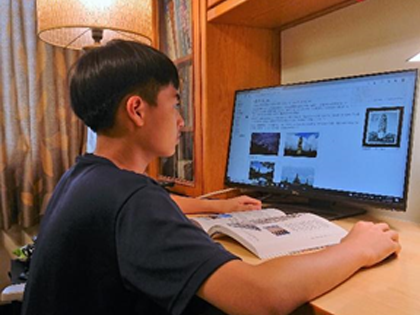
Source: Detective of Historic sites
The book I chose is Professor Li's "Illustrated Book of Ancient Architecture in Taiwan". This book has won the Book Golden Tripod Award. When I read Professor Li's works in the bookstore, the first page of this book attracted my attention deeply, the first few pages before the preface are all hand-painted historical sites by Professor Li himself. The simple colors and lines made me feel Professor Li's deep affection for traditional architecture. Through this book, I deeply understand that different styles of buildings will be produced under the influence of different time and space backgrounds. Traditional buildings' design structures and totems represent the historical stories, cultural backgrounds, people's thoughts, and aesthetics of each era.
This book introduces the structure of historic buildings in many ages. It is like an architectural dictionary. Professor Li is knowledgeable. I am fortunate to be able to read Professor Li’s works. I have gained much knowledge about architecture by reading professor Li’s book. Reading the knowledge of history and geography, the Han culture has a long history, and the historic buildings represent the wisdom of the ancients handed down from the ancestors of each era. The protection and restoration of cultural relics are not accessible. The new generation must recognize the existence of the old era, coexist, and reach a consensus, Friendship, and shared prosperity, unity, and cooperation to complete the restoration of cultural relics. This is a blessing of future generations.
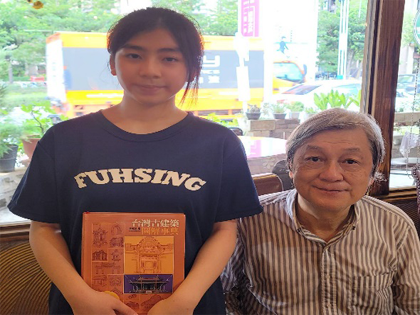
Source: Detective of Historic sites
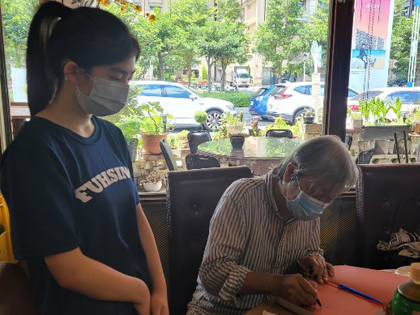
Source: Detective of Historic sites
Imperial Kingdom is one of a series of works that summarizes Professor Li’s 20 years of research on ancient Chinese architecture. When I first read the book, I was deeply impressed by Professor Li’s hand-painted pictures and photos. I was also amazed by the superb craftsmanship of ancient builders. Through the perspective drawings, it is like taking a personal tour of the city's Great Wall. For major ancient buildings, including the Palace, the Imperial Courtyard of the Purple Capital, the Temple of Heaven, the Confucian Temple, the Kuiwen Pavilion, and the Mausoleum, the rich details going from the exterior to the interior cleverly reproduce the composite spaces of buildings within a single screen, making it feel like you can see the building itself with your own eyes. You enter another time and space and can develop your understanding of Chinese architecture.
Through the in-depth study that Professor Li led us to do, we also encountered the 2023 internet-based theme of friendship and unity. We saw people working hard to create a friendly environment, and we had the chance to admire Professor Li’s efforts to maintain and preserve historical sites and ancient buildings. We also gained a deeper understanding of ancient architecture. We learned that everyone should be more aware of the preservation of historical sites and, in this way, cooperate to protect an environment of friendship.
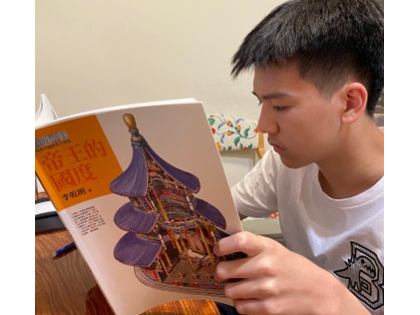
Source: Detective of Historic sites
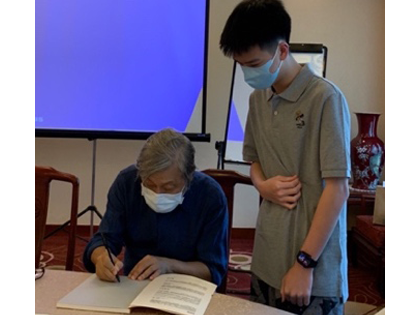
Source: Detective of Historic sites
This history of Taiwan's architecture is a century-long record of the natural cave dwellings of prehistoric Taiwan to Taipei 101, a fusion of pagodas and cutting-edge technology, depicting the spatial layout, construction techniques, and shapes of buildings in various periods and ruling cultures, with the land and people of Taiwan as the protagonists. The study of architecture and its spatial layout reflect contemporary social organization and interpersonal relationships; its construction techniques reflect scientific techniques and environmental weather adaptations, and its shape reflects modern aesthetics. I greatly enjoy reading the history of Taiwanese architecture, through Professor Lee's elaborate hand-drawn drawings and unique analysis, along with the historical lineage of Taiwan's ancient architecture and the rich historical content.
The contents of this book and Professor Lee's lectures, and the carefully drawn architectural blueprints, are all significant aspects of this book. Reading this book is like learning about the history of Taiwan. It’s an excellent book for understanding the history of Taiwan's special architecture and housing. We are surrounded by architecture, and understanding architecture embodies the life of people, people's ideals, and people's aspirations. Architecture enhances the eye and purifies the heart. It is a kind of three-dimensional writing that teaches about rural and urban areas. The book's rich content is worthy of strong recommendation! I greatly appreciate the opportunity to read Professor Li's book and have learned much from it.
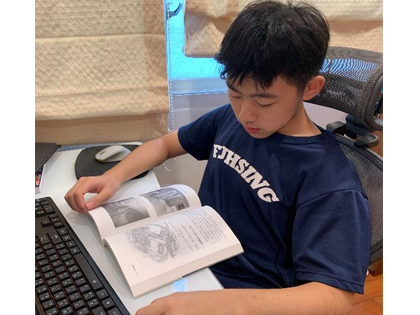
Source: Detective of Historic sites

Source: Detective of Historic sites
